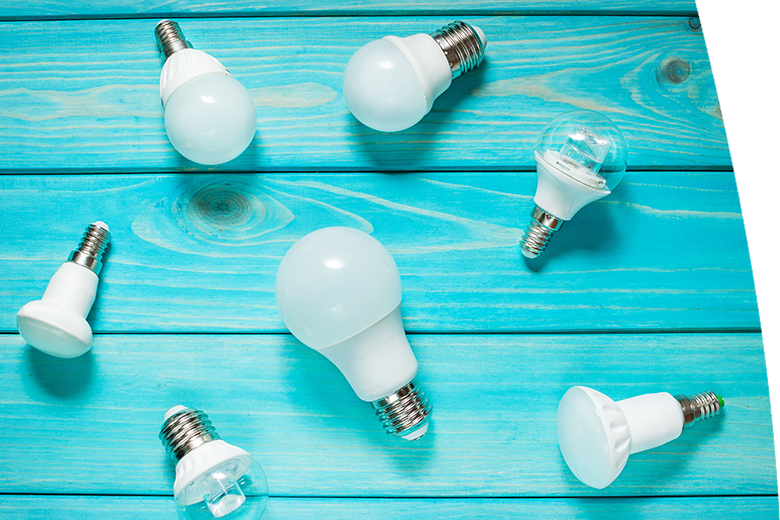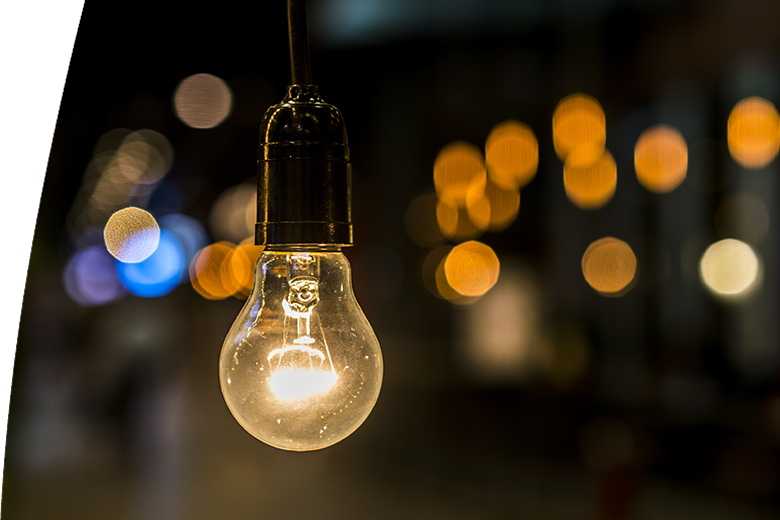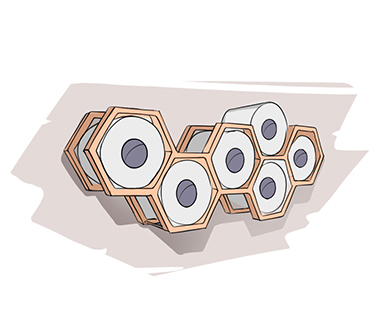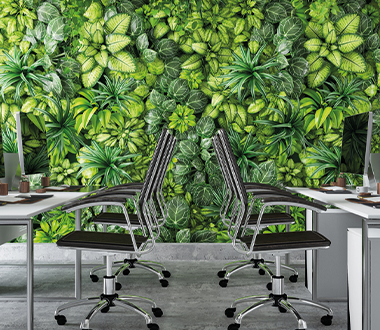How to Choose Light Bulbs for Your Business?
When designing your workplace, it is also worth paying attention to its lighting. The choice of light bulbs will not only determine the atmosphere, but can also save a fair amount of money. So on what basis should you choose light bulbs for your business?
Types
The basic question you have to ask when selecting bulbs for your business is what type to choose. There are several on the market and each has its advantages and disadvantages.
The solution, proven by decades of use, is the classic light bulb. Its main advantages are the almost instant onset of illumination and low price. A huge disadvantage, which grows in importance proportionally with the size of your business, is their energy (in)efficiency. Conventional light bulbs convert less than a tenth of the energy they consume into light, and are estimated to last only between 1,000 and 2,000 hours.
An incomparably more efficient option are energy-saving fluorescent bulbs, which have a lifespan of between 8,000 and 15,000 hours. You will find them in both classic and rod, spiral and even tube versions. Their disadvantage is their slower onset and larger size, which may not fit every lamp.
The most energy (and cost) efficient lighting option are clearly LED bulbs. Compared to conventional light bulbs, they consume several times less and, unlike energy-saving fluorescent bulbs, they don't have a problem with constantly being switched on and off again.

Power
It used to be that the output - i.e. the luminosity - of a bulb was evaluated primarily by the number of watts produced. However, this metric speaks more about energy consumption - which, as we already know, is wasted by conventional bulbs mainly on heat - than about luminosity.
It is therefore better to follow the so-called lumens when choosing the bulbs for your business and to look up a table that compares the output of the classic bulbs you are used to with the luminous flux of their LED alternatives.

Colour
Each type of light produces a different colour - some are more suited to the workplace, others to the bedside table, and some shades are more familiar to our eyes than others.
As a rule of thumb, white lights put less strain on our eyes and are better suited for working. Bluish lights, which produce a colder colour, are more suited to factories or medical facilities, as they evoke cleanliness and sterility. The opposite is warm white, producing a yellow light that is more suited to evening reading. In the workplace, it would tend to be rather soporific, which you certainly do not want as a responsible manager.



